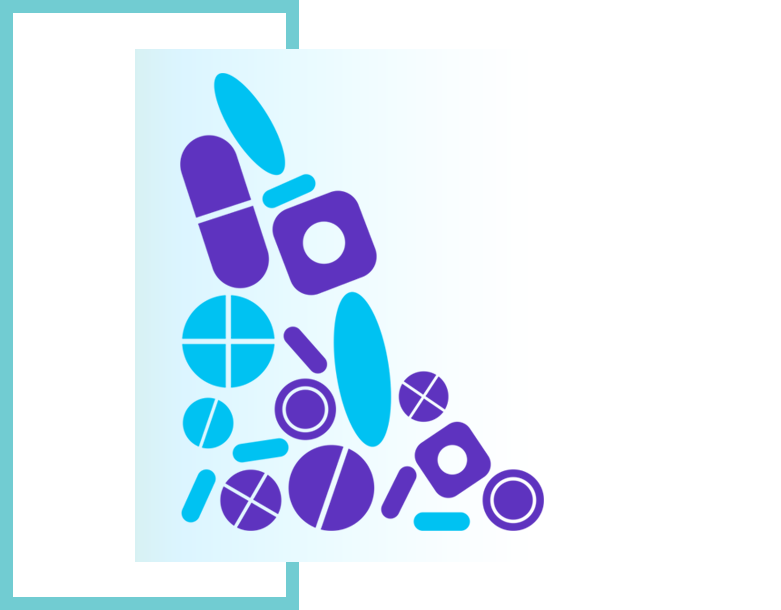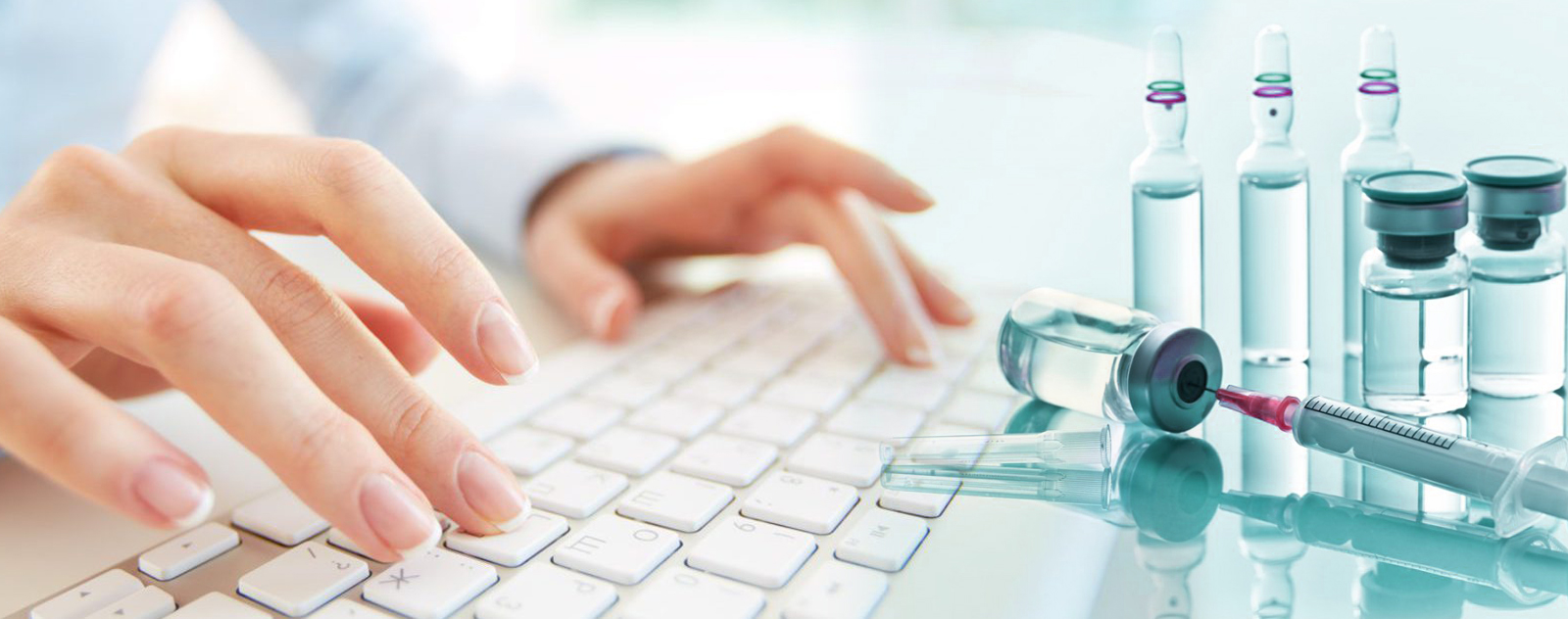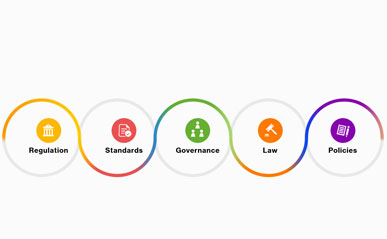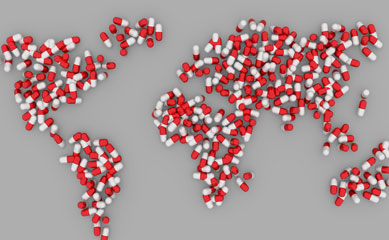Product Regulatory Lifecycle Management (PLM)
PLM refers to a succession of strategies developed jointly by DRA and IB as a product goes through its life-cycle. This enables helping IB deliver high-quality products to market fast to gain first-mover advantages, increase profitability and remain competitive and compliant. Drug Regulatory Affairs department have the complete responsibility to handle the product Lifecycle Management where the product when developed by the R&D undergoes various regulatory procedures when it is introduced in the market and even further any changes in the product as per the regulatory compliance or the product requirements may need to have the approvals from the authority and to be handled from time to time by the Drug Regulatory Affairs.
Product life cycle management for the US, Europe, and other Regulated countries can be described by different phases. The phases of the product life cycle are:
International business development (Phase-1)
The main purpose of the international business development plan is to study the market potential for the medicinal products, make the business projections, develop the strategy and present the complete project to the experts for further approval and implementation.
Product development (Phase 2): Under this section formulation development and analytical development team will act accordingly in association with the F&D team.
- Preliminary formulation plan: After formal approval of the product for product development, the product development team will start a literature survey.
- Preformulation: The Preformulation study plan will include the following:
- Proposed formulation;
- The rationale of the formulation;
- The number of study to be undertaken and challenge studies to be made;
- The batch results of such a Preformulation study will be summarized and analyzed and presented in the required format.
- Final formulation evaluation and testing
- Records: The record section contains the following documents:
Stability / Exhibit batches: The next step is technology transfer to the manufacturing team, the F&D will proceed towards the stability/Exhibit batch at the manufacturing site. If the batch is successful, the team lead will start overseeing the registration process.
Manufacturing/Production (Phase-3)
The manufacture of sterile products is subject to special requirements in order to minimize risks of microbiological contamination, and of particulate and pyrogen contamination. Much depends on the skill, training, and attitudes of the personnel involved. Quality assurance is particularly important, and this type of manufacture must be carefully established including validated methods of preparation and procedure. Common technical document compilation (Phase-4)
Common technical document compilation (Phase-4)
All the documents generated during the above-mentioned stages are collected and reviewed before starting the compilation of the dossier. Documents from various departments at the manufacturing facility and the R&D Team sent to DRA for final compilation as per the CTD requirements of the dossier. Any additional request in compliance with the National requirements of the EU and US will be requested by the DRA department separately. Dossiers with all the modules (Module 1 to 5) will be compiled by the DRA department and will ensure the completion as per the Regulatory guidelines specified by various regulatory authorities.
Submission in the regulatory authority (Phase-5)
The main objective for submission in the regulatory authorities is to get the approval and grant of marketing authorization to market the approved product. For submission of the Marketing authorization application with the regulatory authorities, the applicant request the authority and after approval submit the complete dossier (Module 1 to 5) through an electronic gateway which gives dossier access to the Regulator for further review.
MA grant/Approval (Phase-6)
After the dossier is submitted to the authority, the regulator/evaluator may have the queries that need to be addressed by the applicant within the defined timelines and only after complete satisfaction by the evaluator, the Marketing authorization is granted which gives market access to the applicant for a particular product.
Marketing authorization: A medicinal product may only be placed on the market when a marketing authorization has been issued by the competent authority of a Member State for its own territory (national authorization)
Post-approval compliance (Phase-7)
This phase comes into action after formal MA approval and/or during the commercial production and supply of goods to the approved market. As Drug Regulatory Affairs is the single window for information receipt from all business partners, regulatory authorities, there are many types of regulatory supplementary information requests received and need to comply as per the terms and conditions defined by the Regulatory authorities.
Variations (Phase-8)
Variation means any amendment to the terms of the decision granting the marketing authorization as well as any change to the summary of product characteristics and the documents forming the basis for an authorization to market a medicinal product. The variation application needs to be submitted to the concerned regulatory authority for approval.
Renewals (after the expiry of MA Validity) (Phase-9)
In most countries, a marketing authorization is valid for a period of 5 years whereas the Marketing authorization issued by the US FDA has lifetime validity and need not The applicant should apply for renewal of the marketing authorization, usually by providing minimal data proving that quality, efficacy, and safety characteristics are maintained and the risk-benefit ratio of the medicinal product is still favorable. However, in the European Union, after one renewal, the marketing authorization shall remain valid for an unlimited period, unless the competent regulatory authority decides otherwise.
Marketing authorization may be withdrawn, suspended, revoked or varied by regulatory authorities if under normal conditions of use the benefit over risk ratio is no more favorable, the product is harmful, or if it lacks therapeutic efficacy; also, one of the above actions can be taken if the qualitative and quantitative composition or other qualitative aspects (control) are not as currently declared
Some of the important organizations working as drug regulatory authorities’ worldwide are given below:
- Therapeutic Goods Authority (TGA) - Australia
- Therapeutic Product Directorate (TPD) - Canada
- European Medicine Agency (EMEA) - Europe
- Agencia Nacional Vigilancia Sanitaria (ANVISA) - Brazil
- Medicines and Healthcare products of Regulatory Agency - UK
- Ministry of Health and Labour Welfare (MHLW) - Japan
- Food and Drug Administration (FDA) - USA
- Medicine Council Control (MCC) - South Africa
- Health Science Authority (HAS) - Singapore
- Drug Controller General of India (DCGI) - India

If the marketing authorization is not renewed in due time as requested by the local legislation, in order to maintain the pharmaceutical product on a market, one can apply for re-authorization (re-registration). In such situations, the applicant may be requested to submit the whole items necessary for a full application.




